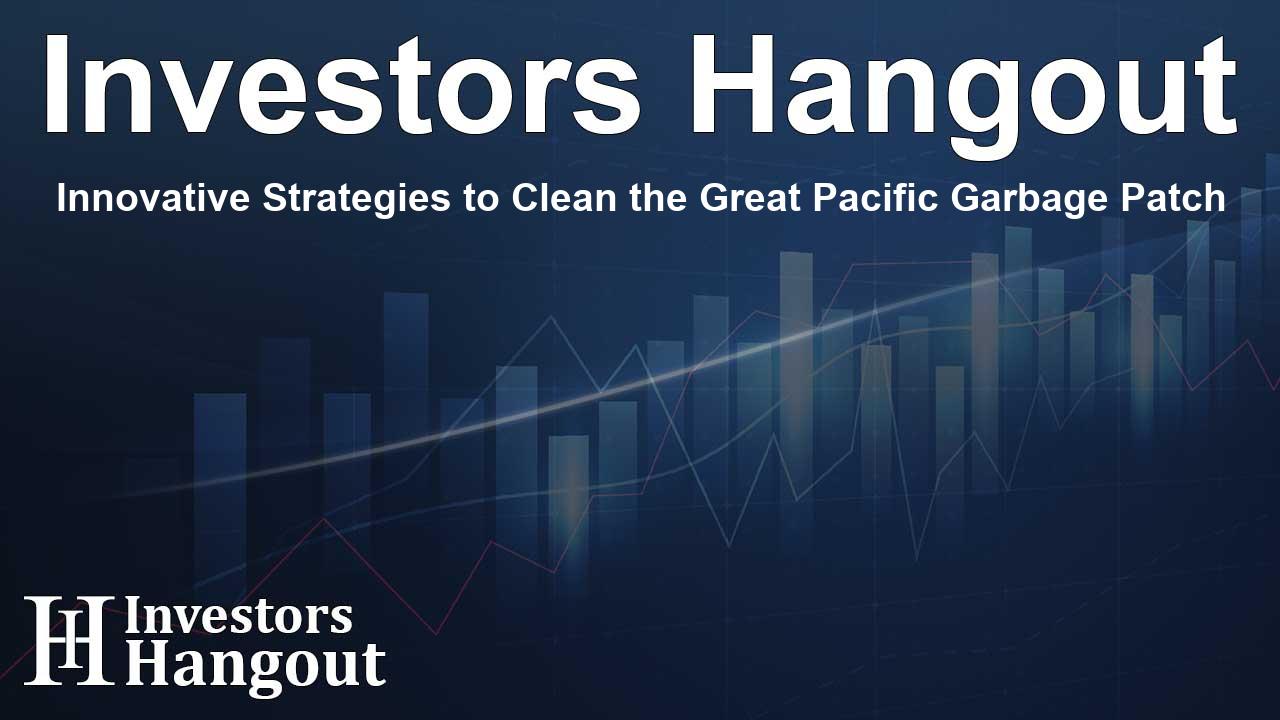Innovative Strategies to Clean the Great Pacific Garbage Patch

Introduction to the Great Pacific Garbage Patch Cleanup Efforts
Ocean pollution, especially from plastics, is becoming an urgent global concern. Organizations such as The Ocean Cleanup are making significant efforts to tackle this problem. After years of dedicated research and operations, they have made remarkable progress in proving that removing the Great Pacific Garbage Patch (GPGP) is feasible. They have now outlined a realistic timeline and budget for this crucial endeavor.
Progress in Cleanup Technology
Over the past six years, The Ocean Cleanup has carefully developed its cleanup technology to effectively combat plastic pollution in our oceans. With the launch of System 03, they have successfully removed over one million pounds of plastic from the GPGP within the last three years, demonstrating the tangible results of their relentless efforts. Research suggests that with ongoing work, the complete removal of the GPGP could be accomplished in as little as five years, and at a significantly lower cost.
Understanding the Costs of Inaction
The economic toll of ocean plastic pollution is staggering, with costs reaching up to $2.5 trillion each year. Addressing this issue is not solely about cleanup; it’s also about preventing catastrophic damage to marine ecosystems and human health. As emphasized by the organization, the time for action is now. Immediate and coordinated global efforts are essential to manage and ultimately eradicate these environmental hazards.
Call to Global Action
The Ocean Cleanup is actively engaging with governments, corporations, and individuals to prioritize initiatives aimed at cleaning our oceans. Their commitment underscores the importance of making the preservation of marine environments a global priority. The goal is to inspire collective action that resonates across all sectors.
Future Operations and Innovations
Looking to the future, The Ocean Cleanup intends to temporarily halt its operations in 2025 to concentrate on identifying key areas where plastic accumulates, known as 'hotspots'. This mapping effort will enable more strategic and effective removal operations in the years to come.
Environmental Management and Impact Assessments
While cleaning our oceans is vital, the organization is also focused on environmental management. They are dedicated to conducting thorough assessments to ensure that their cleanup operations do not unintentionally harm marine ecosystems. By incorporating independent scientific recommendations, The Ocean Cleanup strives to protect the health of marine environments while carrying out their work.
Benefits of Cleanup Efforts
The team has established a framework to assess the impacts of plastic pollution cleanup. Collaborating with independent experts, they are carefully evaluating the overall benefits of these efforts to ensure they positively affect marine life and contribute beneficially to local ecosystems.
About The Ocean Cleanup
The Ocean Cleanup is an international non-profit organization founded in 2013. Their mission is to eliminate plastic from the oceans through a two-pronged approach: capturing plastic before it enters the ocean and removing existing debris from the seas. With innovative Interceptor™ solutions designed for rivers, they aim to tackle the root of the problem while also addressing the plastic already present in marine areas. To date, they have successfully collected over 16 million kilograms of debris from aquatic environments around the globe. Their dedicated team of approximately 140 professionals is passionately pursuing this mission from their headquarters in Rotterdam, the Netherlands, and their newly established office in Kuala Lumpur, Malaysia.
Frequently Asked Questions
What is the Great Pacific Garbage Patch?
The Great Pacific Garbage Patch is a vast area in the Pacific Ocean where a large amount of plastic debris has gathered due to ocean currents.
How does The Ocean Cleanup plan to remove the plastic?
The Ocean Cleanup has created specialized technology designed to capture and concentrate plastic from the ocean for removal and recycling.
What is the estimated cost of cleaning the GPGP?
The Ocean Cleanup estimates that the total cleanup cost could be around $7.5 billion, potentially dropping to as low as $4 billion with efficient methods.
Why is ocean plastic pollution a critical problem?
Ocean plastic pollution poses a serious threat to marine life, disrupts ecosystems, and has significant economic consequences, costing the world billions each year.
What can individuals do to support cleanup efforts?
Individuals can contribute by reducing plastic usage, supporting sustainable practices, and engaging with or donating to organizations like The Ocean Cleanup.
About The Author
Contact Addison Perry privately here. Or send an email with ATTN: Addison Perry as the subject to contact@investorshangout.com.
About Investors Hangout
Investors Hangout is a leading online stock forum for financial discussion and learning, offering a wide range of free tools and resources. It draws in traders of all levels, who exchange market knowledge, investigate trading tactics, and keep an eye on industry developments in real time. Featuring financial articles, stock message boards, quotes, charts, company profiles, and live news updates. Through cooperative learning and a wealth of informational resources, it helps users from novices creating their first portfolios to experts honing their techniques. Join Investors Hangout today: https://investorshangout.com/
The content of this article is based on factual, publicly available information and does not represent legal, financial, or investment advice. Investors Hangout does not offer financial advice, and the author is not a licensed financial advisor. Consult a qualified advisor before making any financial or investment decisions based on this article. This article should not be considered advice to purchase, sell, or hold any securities or other investments. If any of the material provided here is inaccurate, please contact us for corrections.
